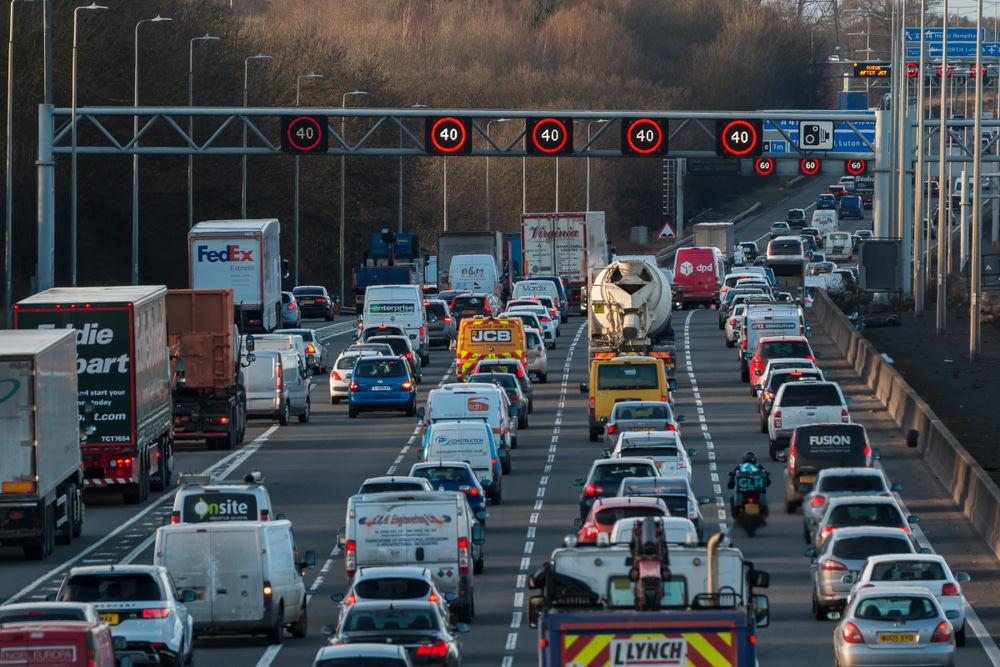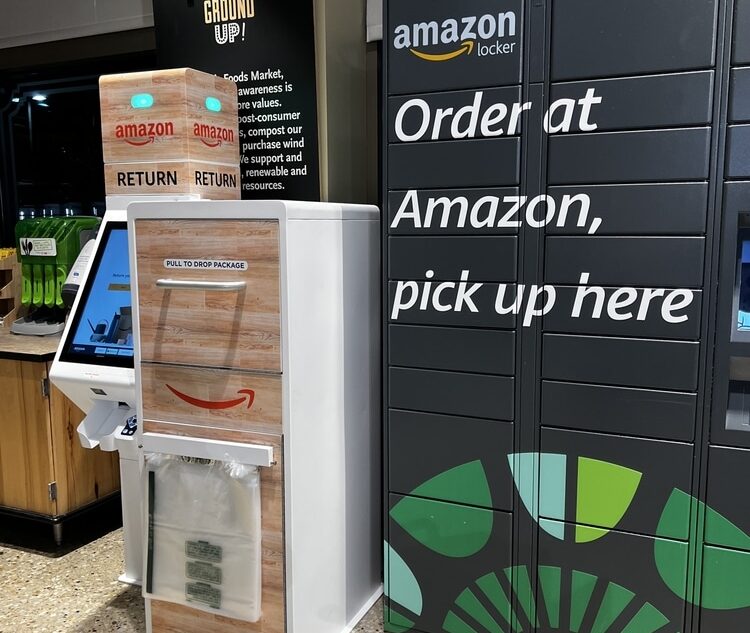Insight / Blog
High rise and higher costs: bringing down the cost of delivery and returns in Singapore


In most of the world, delivery is cost-effective in densely populated cities. Unfortunately, the reverse is true in Singapore today thanks to the high percentage of the populace living in HDBs and other high-rise accommodation, which typically have been designed with mail storage and delivery in mind rather than parcels.
Failed deliveries are not unusually common in Singapore relative to other markets, but the cost of each failed delivery is higher, driven by the higher cost of delivery attempts and worsened by the fact that there is very little use of parcel shops or locker drop boxes in cases of failed delivery. That necessitates another (expensive) delivery attempt.
As far as Singaporean shoppers are concerned, buying online means delivery to the doorstep, and out-of-home deliveries remain the exception rather than the rule. Given the economic pressures and capacity challenges faced by carriers, consumers need to be won over and see out-of-home delivery as a valuable part of their lifestyle rather than an inconvenience. As ecommerce adoption rises and COVID pushes the proportion of retail happening online ever higher, this will become a more and more urgent task. Consumer expectations do not allow for deliveries to be much more expensive than they currently are, but parcel volumes are increasing steadily, exacerbating the delivery cost challenges and further squeezing carrier margins.
PUDO in Singpore
In other markets, especially China, parcel carriers have found success with diverting packages to locker installations or other PUDO locations if the consumer isn’t immediately available to accept delivery. By leaving the package somewhere secure and local, the carrier saves bringing it back to the depot and re-attempting delivery, and the consumer gets their parcel at their own convenience. This also introduces consumers to the experience of using PUDO as a delivery option, without the carrier needing to convince them to actually choose it up-front, potentially increasing future PUDO adoption and reducing the overall cost of deliveries through increased consolidation.
However, in Singapore, PUDO capacity is stretched, particularly in parcel shops, which are typically small-format convenience stores with limited storage space. These stores suffer when parcels are left to build up over time and are not able to offer a great customer experience. Additionally, while some consumers are familiar with locker banks and frequently use them for returns, they are not usually harnessed by carriers as a potential location for failed delivery redirects.
Increased PUDO capacity needs to be found. On the parcel shop side, adding new host partner stores and increasing flexibility for individual host locations will help spread volume through the network and prevent storage issues, allowing individual shops to “turn off” new drops until they have the space. Better customer communications could also help to nudge consumers to pick up their parcels in a timely fashion, preventing parcels taking up limited space for long periods.
There may also be an opportunity to use the federated system of lockers to turn on new PUDO capacity quickly and reduce the cost of failed delivery attempts by enabling missed deliveries to be left securely in a location very close to the delivery address. As noted, the Chinese market illustrates the power of this set-up, where carriers have easy access to local, carrier-agnostic locker banks. That means they very rarely need to re-attempt delivery.
How to incentivise customers and retailers alike
Pricing will be a vital weapon. It’s something we hear time and time again from carriers across the globe: they don’t want to pass on the savings of consolidation to their customers. That’s understandable – giving away margin seems like bad business.
However, strategically passing on some amount of cost reduction to retailers is the right way to drive volume and ultimately secure a greater benefit from consolidation in the long term. Used intelligently and adaptably, pricing can also be used to manage capacity, by making PUDO a cheaper option than home delivery at peak periods. That doesn’t necessarily mean PUDO has to become cheaper – another way to achieve a similar incentive would be to increase the prices of home delivery. In the United States, 2020 was the first year for carriers like FedEx and UPS to bring in volume-based residential delivery charges, affecting home deliveries. Similar movements may begin elsewhere, as the investments in infrastructure and consumer behaviour start to pay off for parcel carriers.
Watch our FREE webinar on changing consumer behaviour
Lockers to add value in returns
While Singapore tends to experience slightly lower return rates than other markets, even in typical hotspot categories like apparel, returns volume still represents a significant opportunity for carriers.
Lockers enable fairly convenient local returns for those with easy access, though the numbers of locker banks are currently limited, with just 330 locker banks and poor coverage across the city. With 26 million return parcels per year, even the planned 1000 new banks will clearly not be able to manage the volume alone.
That means that the vast majority of returns currently go through post offices and parcel shops. Typically, the consumer will use a pre-paid returns label or request a pickup via the retailer website. However, neither of these journeys really connect up the dots for the retailer – they don’t necessarily get the full picture of customer data and returns data. Communication about the return can be fractured and unclear, coming from both the retailer and the parcel carrier, or neither.
The lack of a digital aspect to return journeys in Singapore may be more important than the physical questions of where the parcel is sent back from. Currently, carriers aren’t offering a fully digital experience for customers and do not offer a platform to retailers where they can leverage the data this generates and improve their returns process – a near-universal objective in modern retail.
A big problem with a big price tag
The set of problems that come with ecommerce returns are worth a huge amount of money to retailers, with return rates at around 20% in ecommerce. Reducing that number and helping to manage that process more effectively makes a carrier a much more valuable partner than simply moving parcels around.
If a carrier can provide a digital returns journey, they can start to offer retailers a ready-made returns solution that makes booking a return simpler for customers, and captures customer data and marries it to returns behaviour to offer the retailers powerful insights and ways to manage their returns processes.
That’s perhaps doubly true for the dominant marketplaces like Shopee and Lazada, who would dearly love to enable a consistently great returns offer across their seller base. Providing that solution represents a huge opportunity for the parcel carriers, who can not only capture more of the returns parcel volumes, but make themselves a stickier and more varied service too.
Looking internationally, in the last several years Australia Post was finding that its merchant customers were struggling to manage returns. In partnership with Doddle, they now offer merchants a Collect & Return solution that enables shoppers to book a return digitally through a simple online site, customisable and brandable for any merchant. This makes the returns process much more efficient and streamlined for the consumer and the retailer, and ensures that Australia Post continues to provide a valuable service to its retailer customers.

Related articles
Lessons from a decade in the first and last mile
A decade as Doddle taught us some lessons - and Blue Yonder helps us see what will matter in the next decade.
Convenient and sustainable: developing an out-of-home delivery strategy
Sustainability has become a key decision factor for retailers - here's how carriers can stay ahead with an out-of-home delivery strategy that’s both sustainable and convenient for consumers
Parcel lockers vs parcel kiosks: which is best for parcel drop-off?
We explore the benefits and drawbacks of parcel lockers and kiosks to help decide the best self-service solutions.













